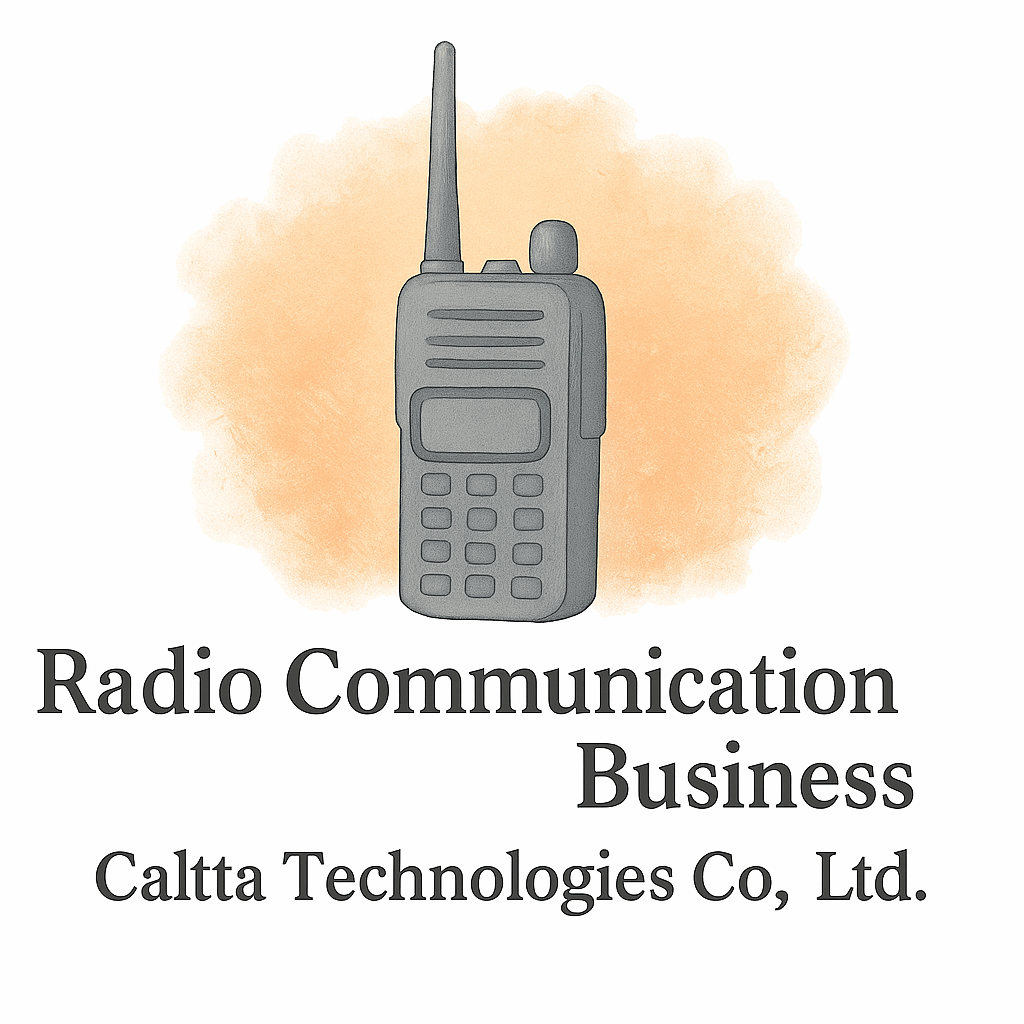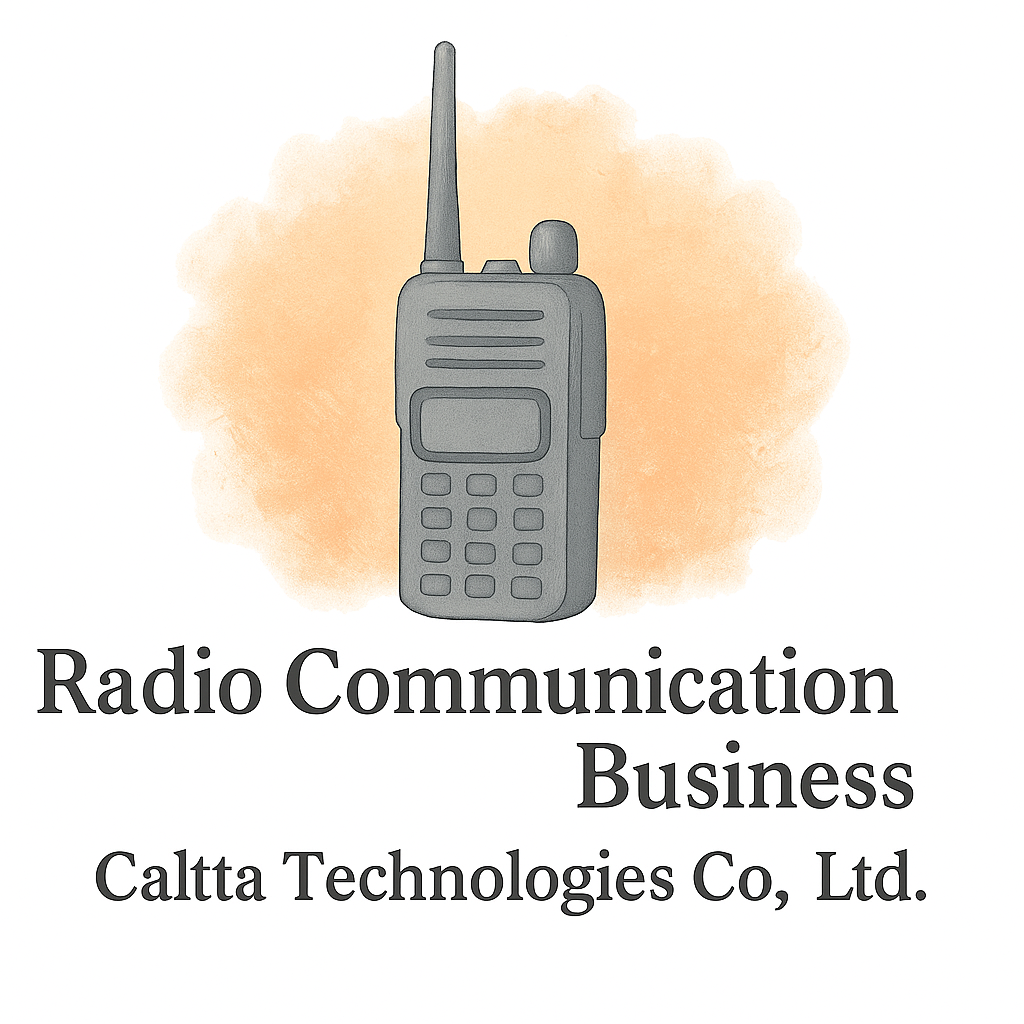Introduction: Why Radio Communication Still Matters
Ever been in a situation where a simple miscommunication spiraled into a big problem? Now imagine that happening in firefighting, aviation, or even a military mission. That’s the reality of radio communication failures. Despite all the modern gadgets we use, radio communication remains the backbone of safety, coordination, and efficiency in many industries. And when it fails, the results can be catastrophic.
In this article, we’ll walk through six real-life failures in radio communication and fixes that not only highlight the challenges but also reveal valuable lessons for businesses, startups, and organizations today.
Understanding the Role of Radio Communication
A Backbone for Safety and Coordination
From emergency responders to pilots, radio systems provide an instant lifeline. They allow teams to coordinate in real time, making quick decisions under pressure. Without this, delays—or worse, silence—can put lives at risk.
Common Uses in Different Industries
- Emergency Services: Police, firefighters, and paramedics rely heavily on radio clarity.
- Aviation: Pilots and air traffic controllers depend on flawless radio signals.
- Shipping: Captains and crews use radios for safety at sea.
- Event Management: Security and staff use it to keep large crowds safe.
The Importance of Reliable Radio Systems
Preventing Miscommunication in Critical Fields
A missed instruction in aviation or a delayed response during a fire rescue isn’t just inconvenient—it can mean lives lost. That’s why reliable radio systems are essential, especially in high-risk sectors.
How Poor Communication Leads to Costly Mistakes
Beyond safety, miscommunication can lead to financial losses and damage to reputation. For startups and businesses, this is a warning sign: communication systems are as critical as financial planning (source).
Case Study 1: Firefighter Radio Communication Breakdown
The Failure: Missing Calls During Rescue
In multiple fire emergencies, outdated radios caused missed calls between commanders and firefighters inside burning buildings. Chaos followed, as teams couldn’t locate trapped victims quickly.
The Fix: Upgraded Equipment and Training
Modern equipment technology (read more) with noise-canceling features and digital clarity solved this. Regular training also ensured firefighters could use radios effectively under stress.
Case Study 2: Aviation Miscommunication Between Towers and Pilots
The Failure: Confusing Instructions
One tragic aviation accident was traced back to misheard takeoff instructions. The tower and the pilots were not aligned due to overlapping radio chatter.
The Fix: Standardized Protocols and Equipment
Aviation authorities enforced stricter communication protocols. Pilots and towers now follow clear, standardized language to avoid mistakes (source).
Case Study 3: Disaster Response Radio Failures
The Failure: Network Overload During Emergencies
During natural disasters, too many responders used the same channels, causing overload and complete breakdowns.
The Fix: Backup Channels and Digital Technology
Introducing multi-channel digital systems allowed teams to switch frequencies quickly. Emergency responders now prepare with budget-friendly (source) backups.

Case Study 4: Military Operation Missteps
The Failure: Frequency Jamming in Conflict Zones
In combat situations, enemy forces often jammed radio frequencies, leading to dangerous lapses in coordination.
The Fix: Encrypted and Adaptive Systems
The military adopted encrypted systems with adaptive technology (source) that can shift channels instantly to beat jamming attempts.
Case Study 5: Shipping Industry Communication Errors
The Failure: Misheard Instructions at Sea
In maritime operations, accents and static often caused misheard commands, leading to near-collisions.
The Fix: Headset Integration and Compliance Training
Crew members now use integrated headsets and receive training on compliance standards (source).
Case Study 6: Event Security Miscommunication
The Failure: Staff Unaware of Crowd Surges
At a large concert, delays in passing information meant security wasn’t prepared for a dangerous crowd surge.
The Fix: Clear Hierarchies and Modern Devices
Organizers introduced structured communication systems and invested in the right tools (see here) for staff.
What These Failures Teach Businesses Today
Communication as a Strategic Tool
Whether it’s a startup (link) or a large enterprise, communication failures serve as a reminder: strong systems equal stronger businesses.
Why Equipment and Training Go Hand in Hand
Even the best radios are useless if staff don’t know how to use them. That’s where business setup (source) planning comes in.
Tools and Technologies Improving Radio Communication
Digital Radios and Encrypted Channels
Unlike analog, digital radios reduce static and allow encrypted private conversations—crucial in industries like law enforcement.
Integration with GPS and Tracking Systems
Modern systems now integrate with GPS, helping track teams in real time—perfect for industries adapting to changes (source).
AI and Automation in Communication
With AI, radios can now transcribe conversations and detect errors in real time, offering smart hacks (link) for users.
Cost-Saving Strategies in Communication Setup
Avoiding Expensive Mistakes Early
Businesses can save by choosing scalable systems from the start, a classic cost-saving (source) approach.
Budgeting for Maintenance and Training
Planning ahead for updates ensures long-term efficiency without surprise expenses.
Legal and Compliance Considerations in Radio Use
Understanding Local and International Regulations
Radio frequencies are tightly regulated. Businesses must ensure compliance to avoid law (link) violations.
Common Mistakes Businesses Should Avoid
From ignoring licensing to failing audits, non-compliance can cripple a business. Learn more in industry insights (here).
Marketing, Branding, and Radio Communication
Why Reliability Impacts Brand Image
If your radios fail during a corporate event, clients won’t forget. Communication reliability is a subtle but powerful part of your marketing and branding (source).
Promotion and Networking at Industry Events
Effective communication tools also improve your networking (link) opportunities at conferences.
Final Thoughts: Staying Ahead with Better Communication
The stories above prove one thing: radio communication isn’t outdated—it’s evolving. Businesses that treat it as a core strategy, not an afterthought, position themselves for growth, efficiency, and resilience.
Conclusion
Failures in radio communication remind us that every message matters. Whether it’s a firefighter missing a call or a startup missing a client deal, the fix lies in reliable equipment, structured training, and compliance. If businesses learn from these six real-life cases, they can transform communication into one of their greatest strengths.
FAQs
1. Why does radio communication still matter in the digital age?
Because it offers real-time, low-latency communication that doesn’t rely on the internet.
2. What industries rely most on reliable radio systems?
Aviation, emergency services, shipping, military, and event management.
3. How can startups avoid radio communication mistakes?
By planning ahead with scalable systems and budgeting for training.
4. What’s the biggest cause of radio failures?
Outdated equipment and poor training are at the top of the list.
5. Are digital radios better than analog ones?
Yes—digital offers clearer sound, better encryption, and multi-channel flexibility.
6. What compliance issues come with radio systems?
Licensing, frequency allocation, and regulatory audits.
7. Can businesses save money while upgrading communication systems?
Absolutely—through smart budgeting, cost-saving strategies, and choosing scalable solutions.


